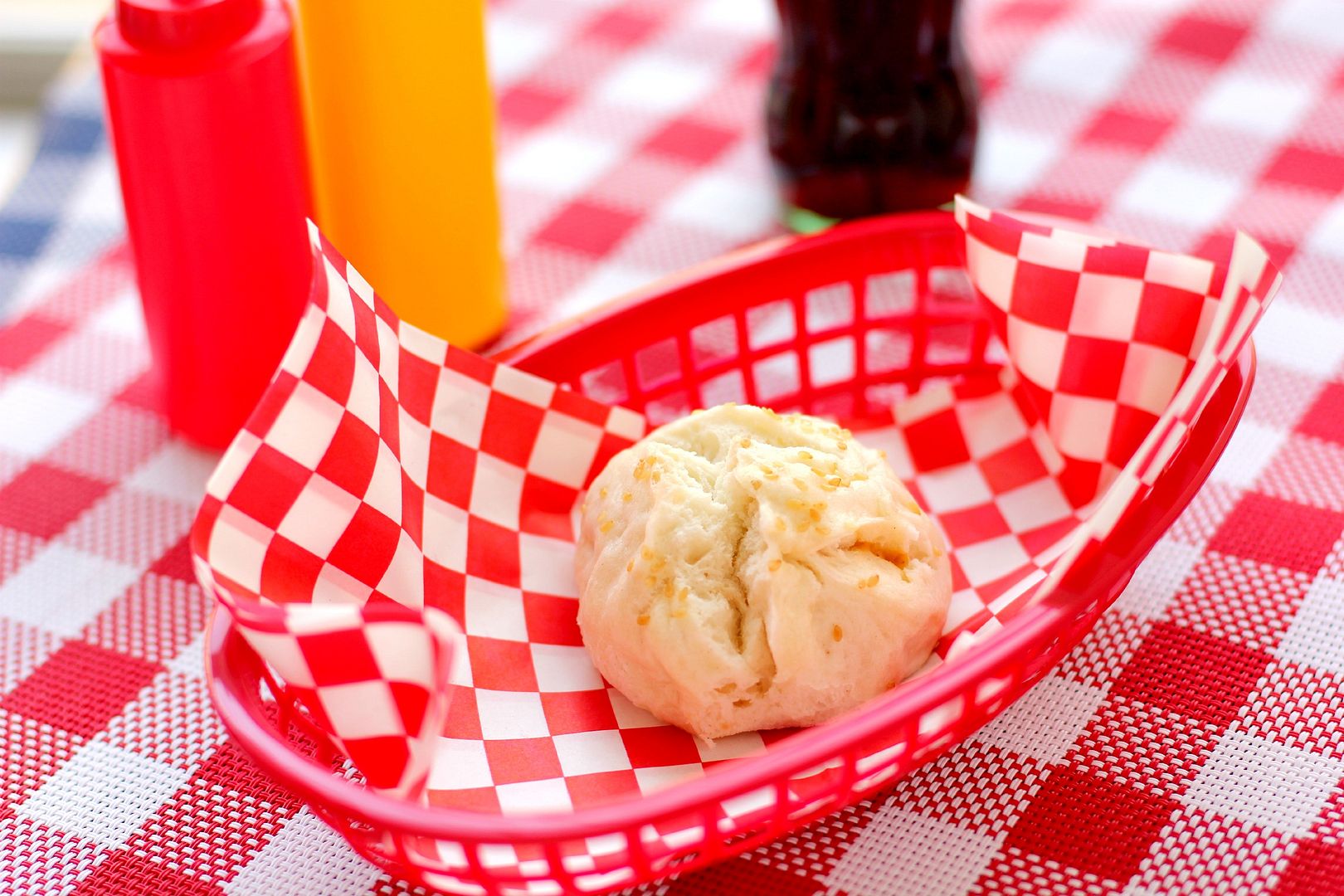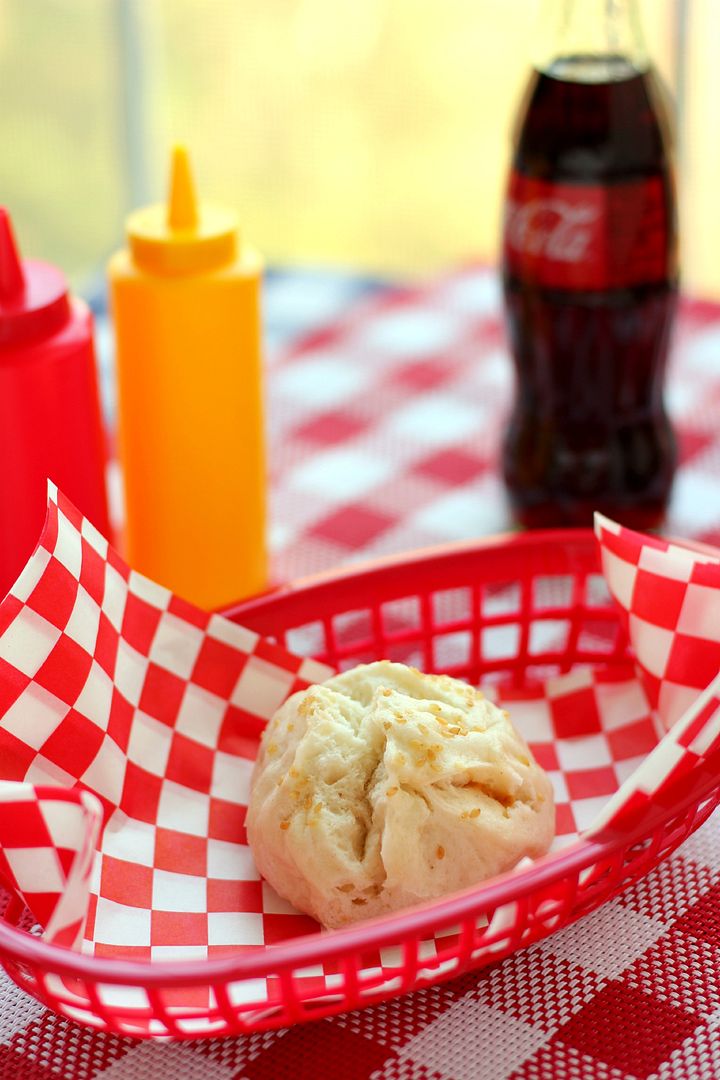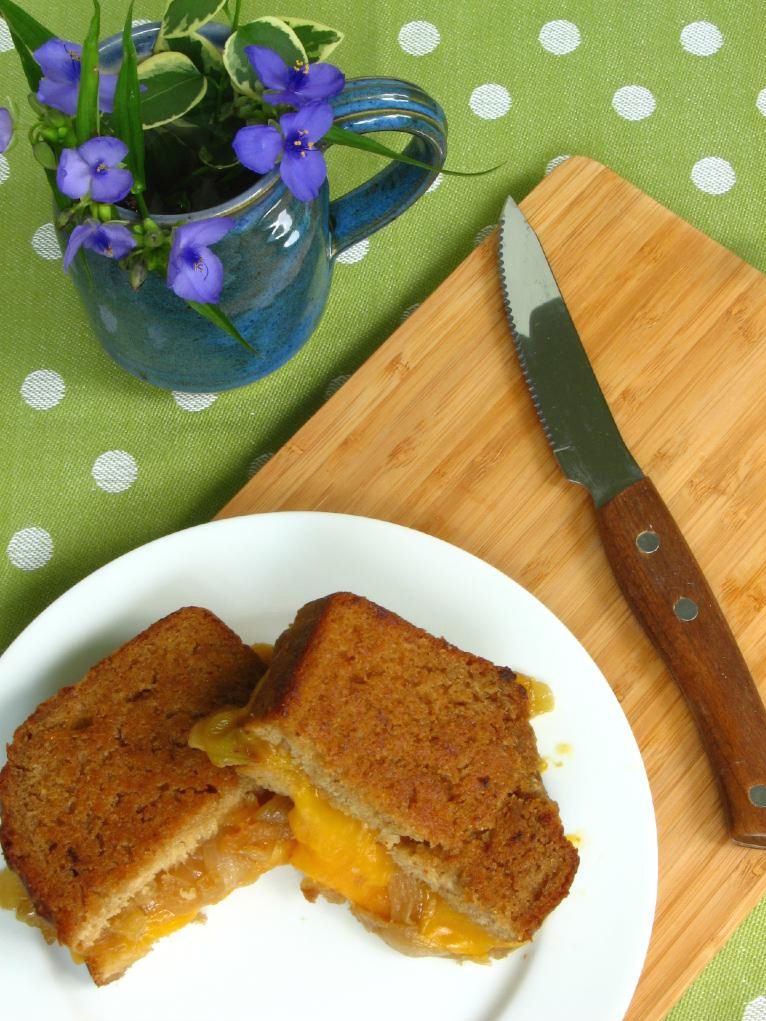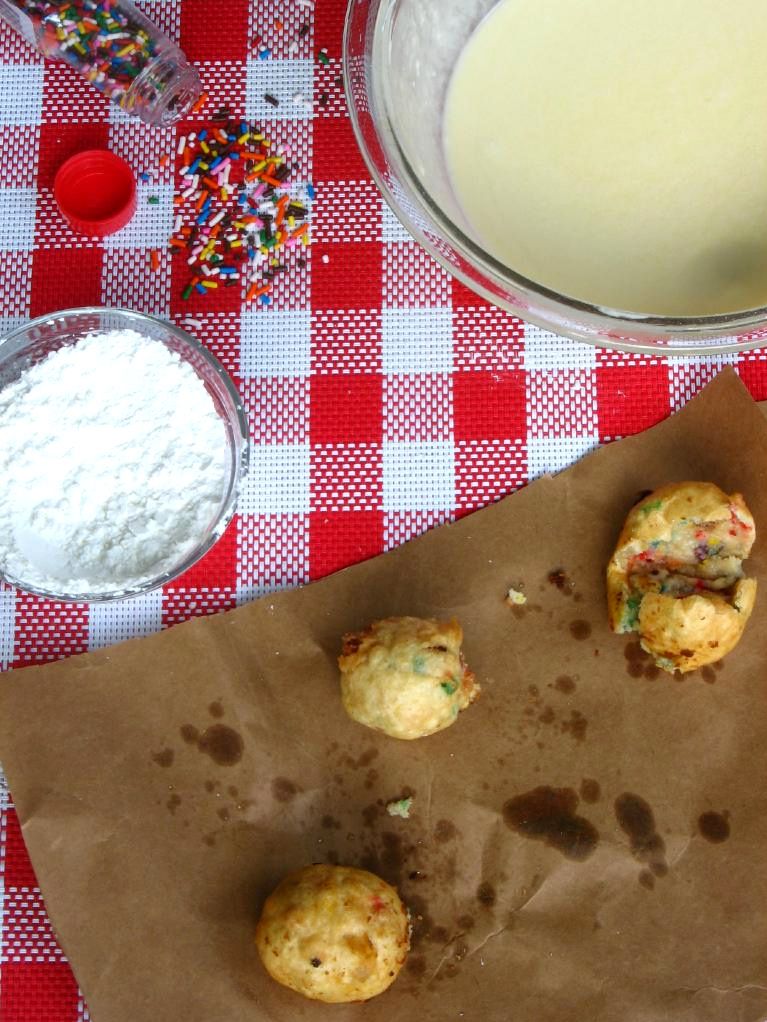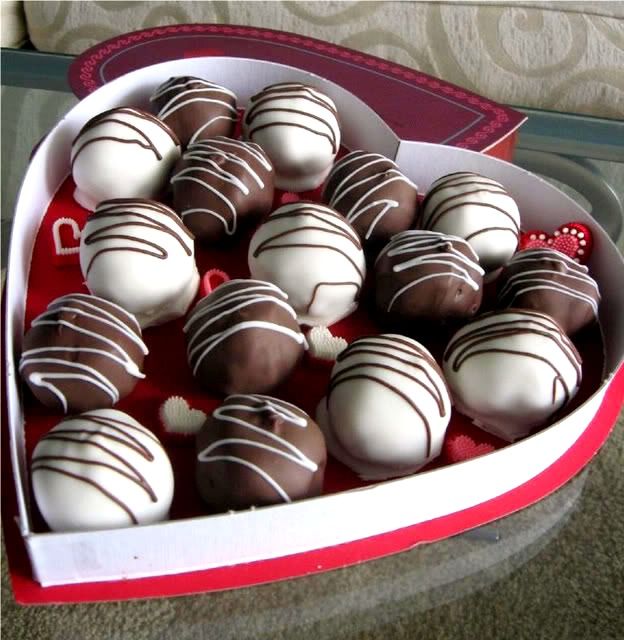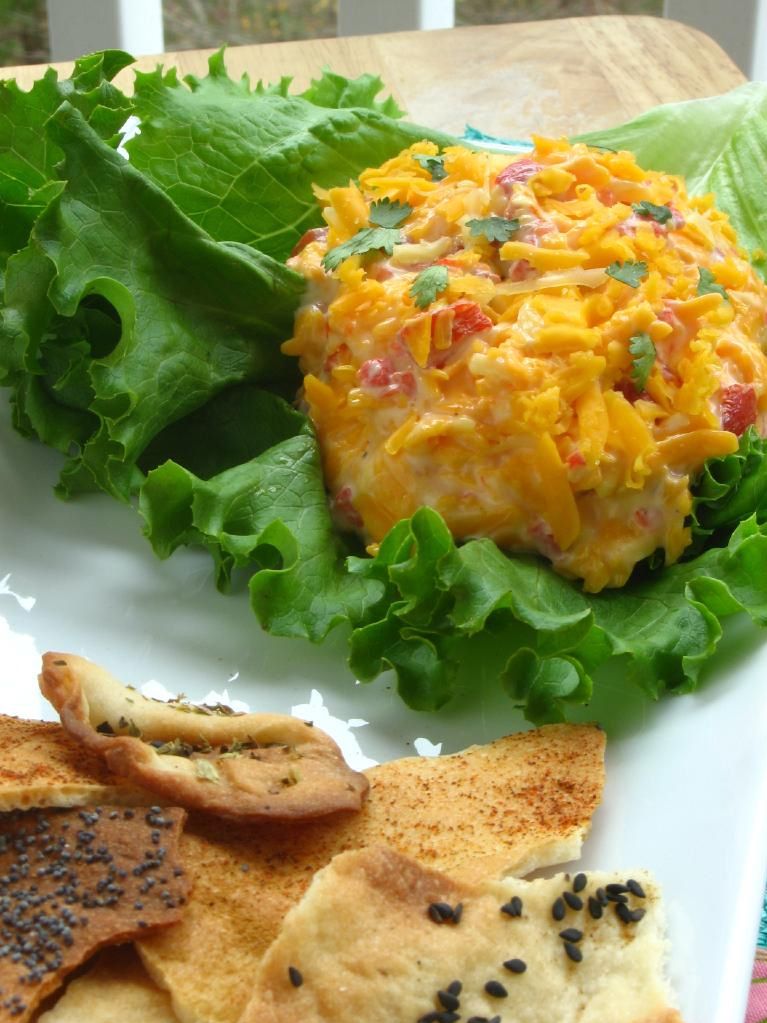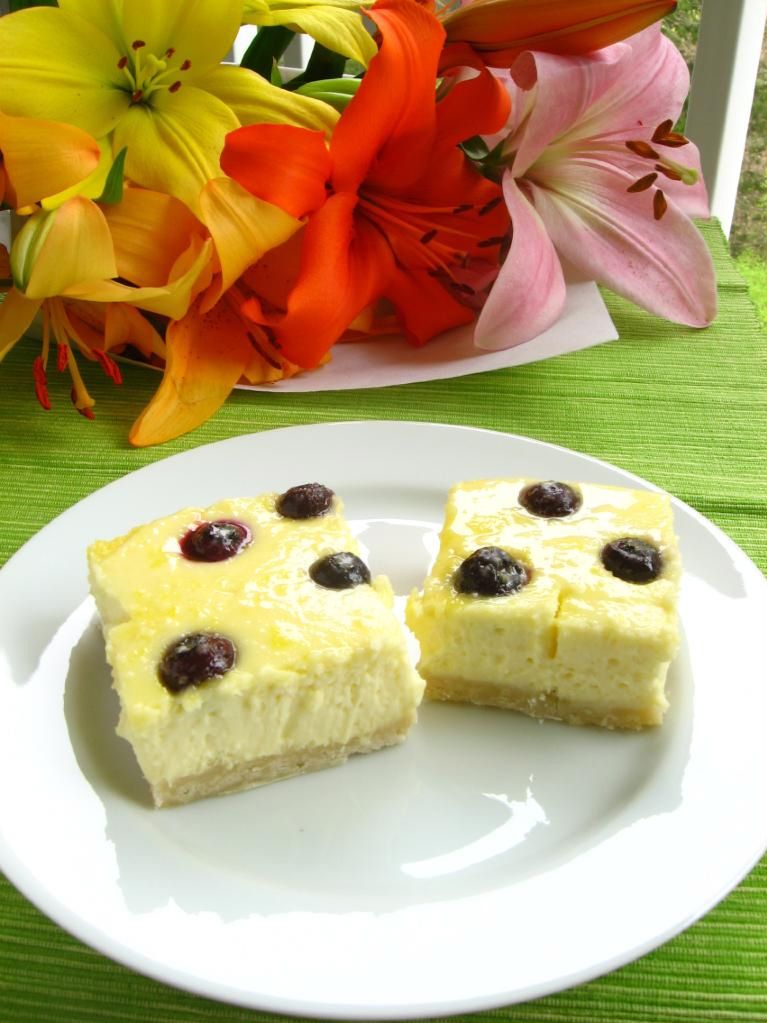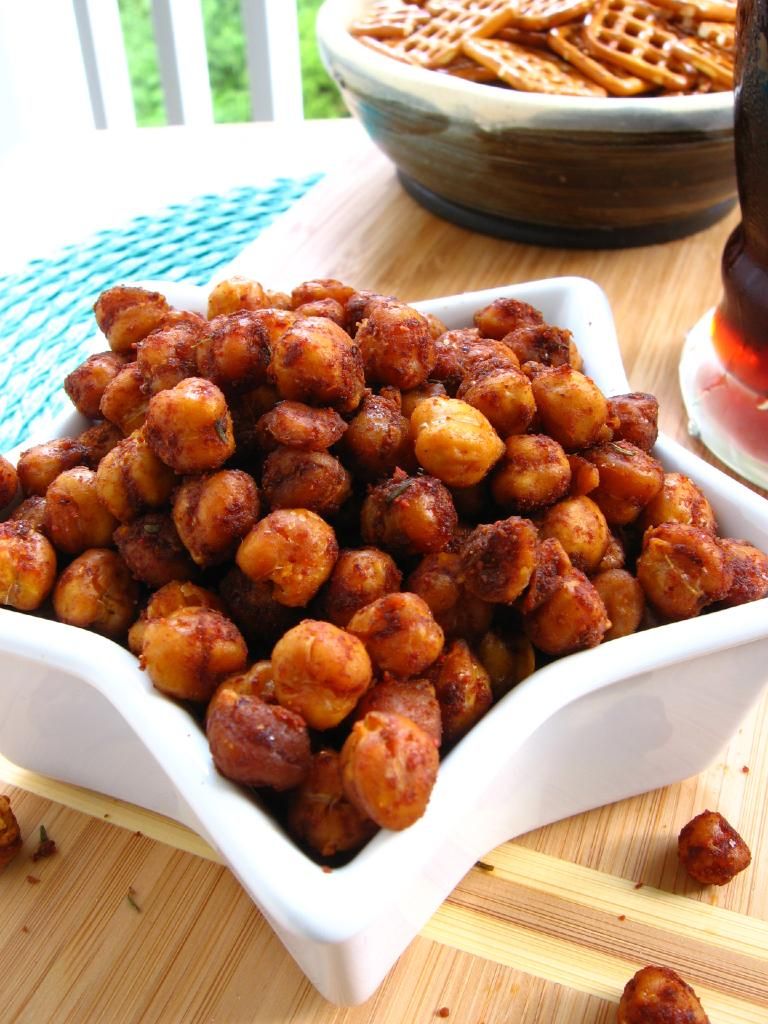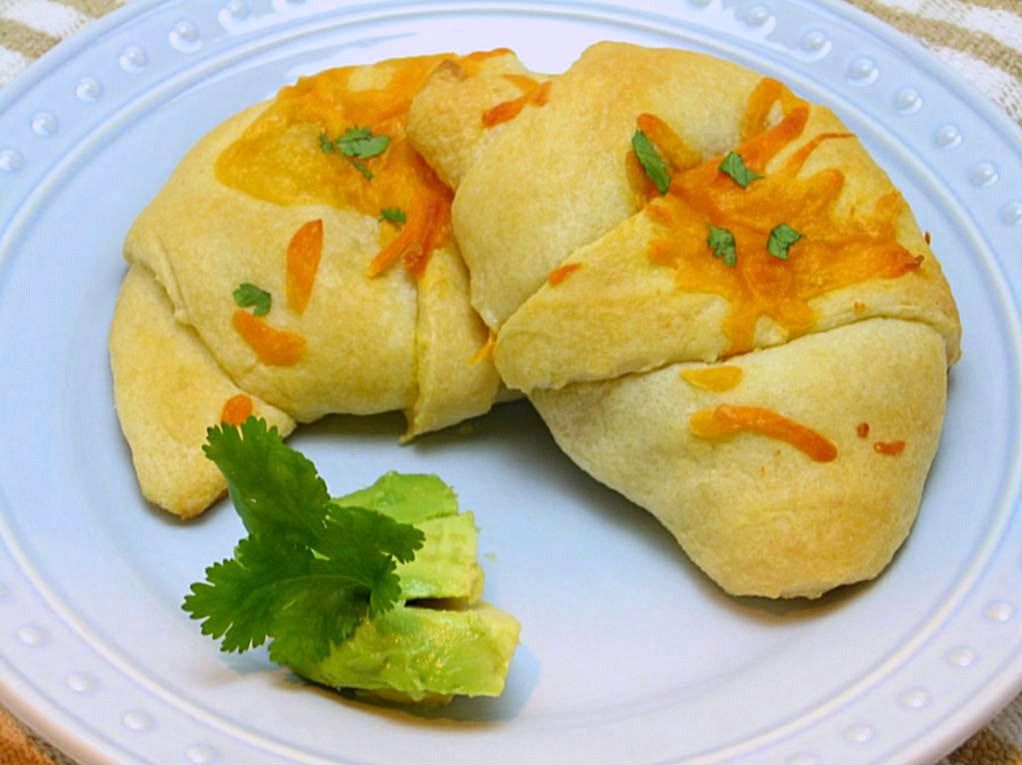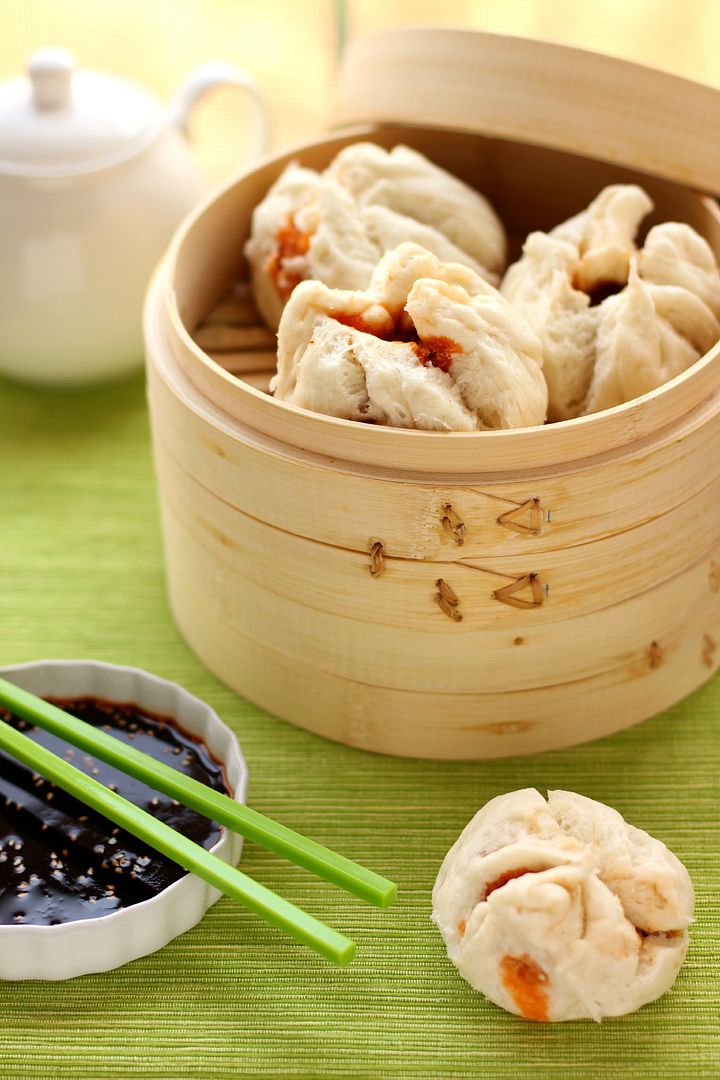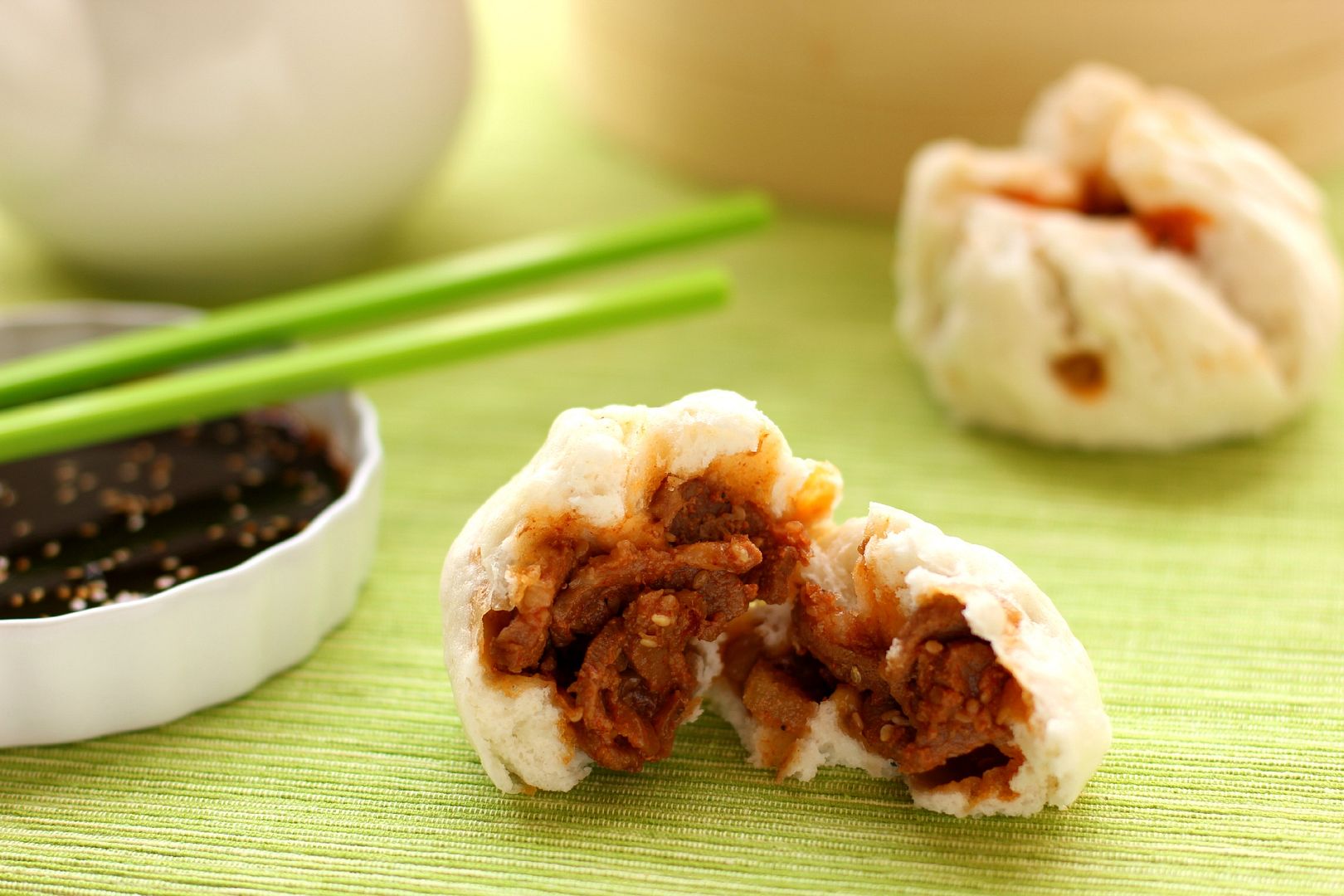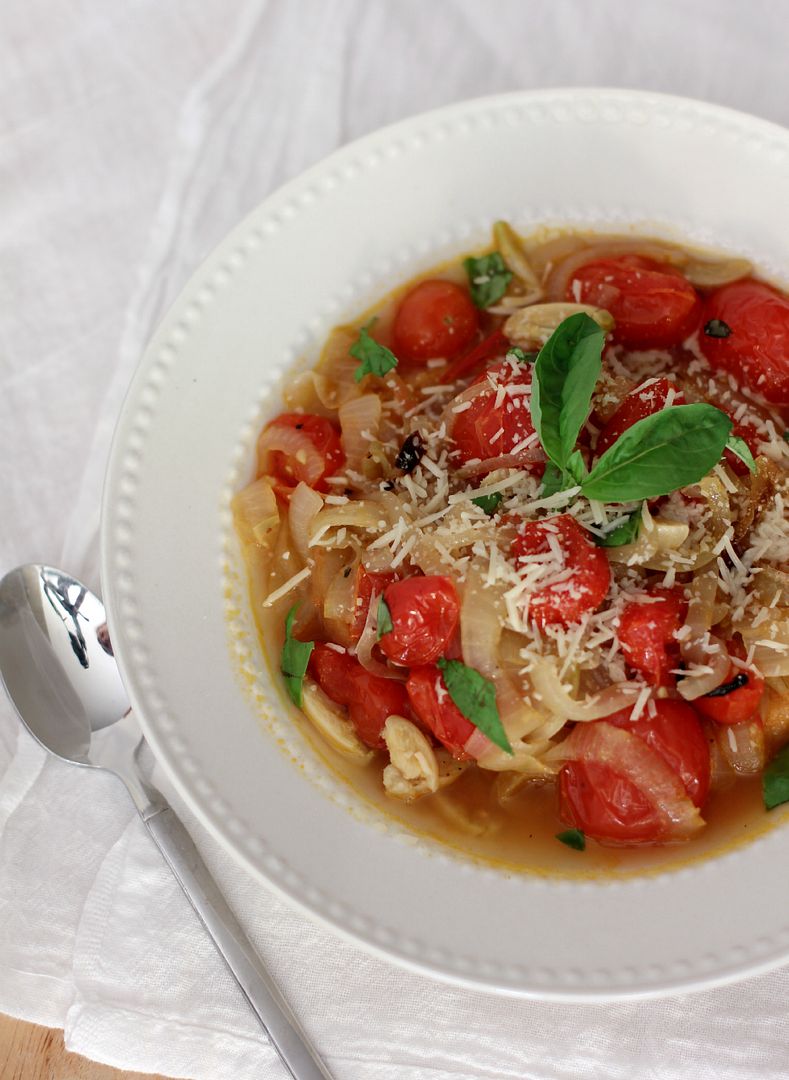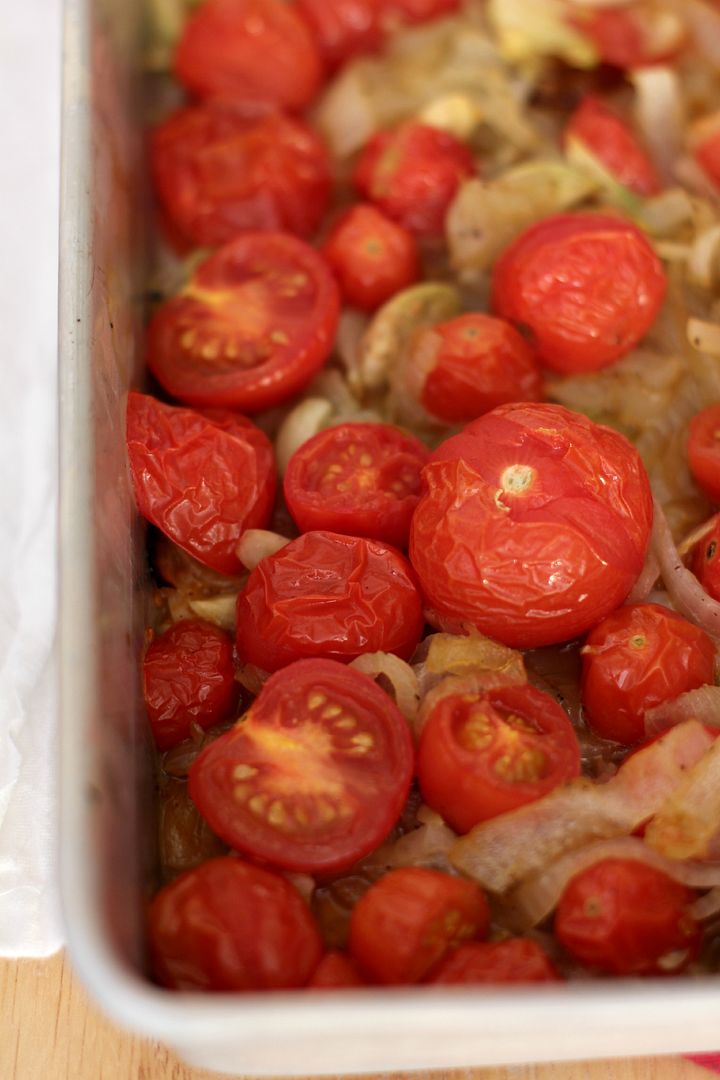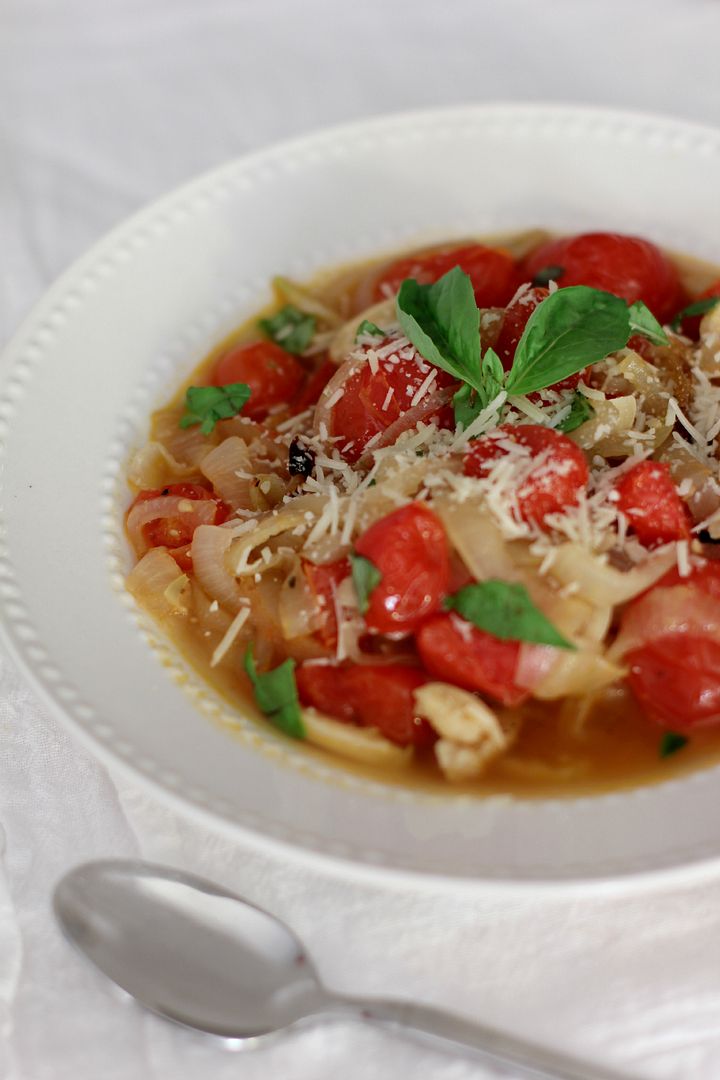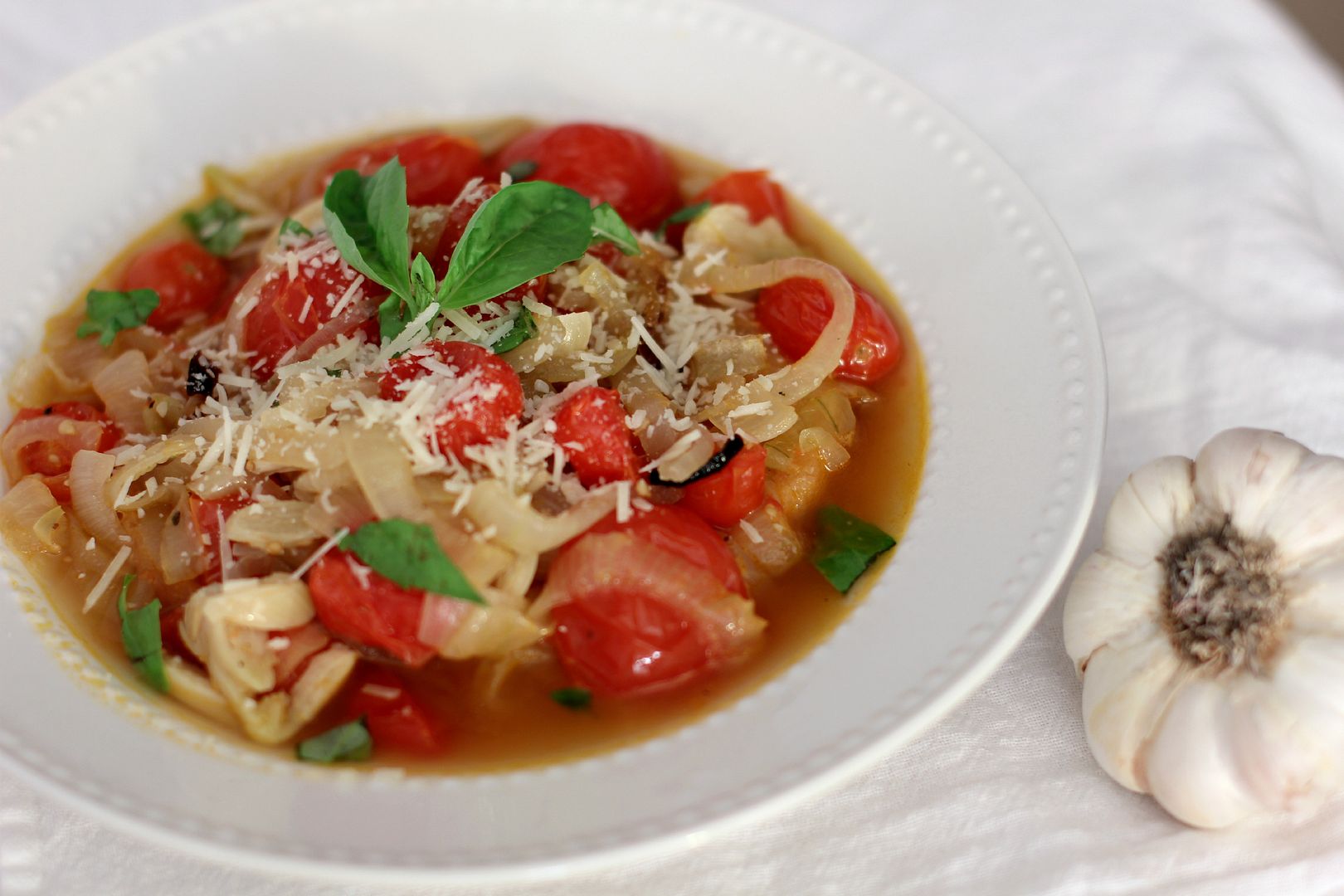
When Mike was in middle school, his friend Chris decided they needed superhero names. Giving each other superhero names is apparently what adolescent boys were doing when I thought they might be writing me love letters. Oh.
Chris named himself Whopper Man and, inspired by the Dr. Perky soda Mike brought for lunch every day, he dubbed Mike Generics Man.
Even all those years ago, when Mike was in 7th grade and I was in 3rd (okay, well that makes it sound creepy), we were meant for each other — because I’m totally Generics Woman.

Don’t try to tell me that name brand yellow mustard tastes any different than store brand yellow mustard. Or that table salt needs to be produced by a certain company. I do love local and/or quirky and/or artisan products, but at the grocery store, I’d say about 90% of the products I buy are generic. And in case you haven’t noticed, I eat well.
In fact, I’m always a little surprised (but not judgey; don’t be judgey, y’all) to see someone grab the name brand can of tomatoes, or the name brand box of tissues. I’m sure they have their reasons — maybe they were raised in a home where only name brand items were used, maybe they like a flavor or scent that doesn’t have a generic equivalent, or maybe they’ve had a bad experience with the generics at some point — but all I can think of is how many extra dollars they’re shelling out.
Who knows, maybe this is what crazy coupon ladies (a title I use with the utmost affection) think when they look at my cart, right? Don’t I know if I’d just buy 18 more dish soaps, it would actually be cheaper than buying just 2?
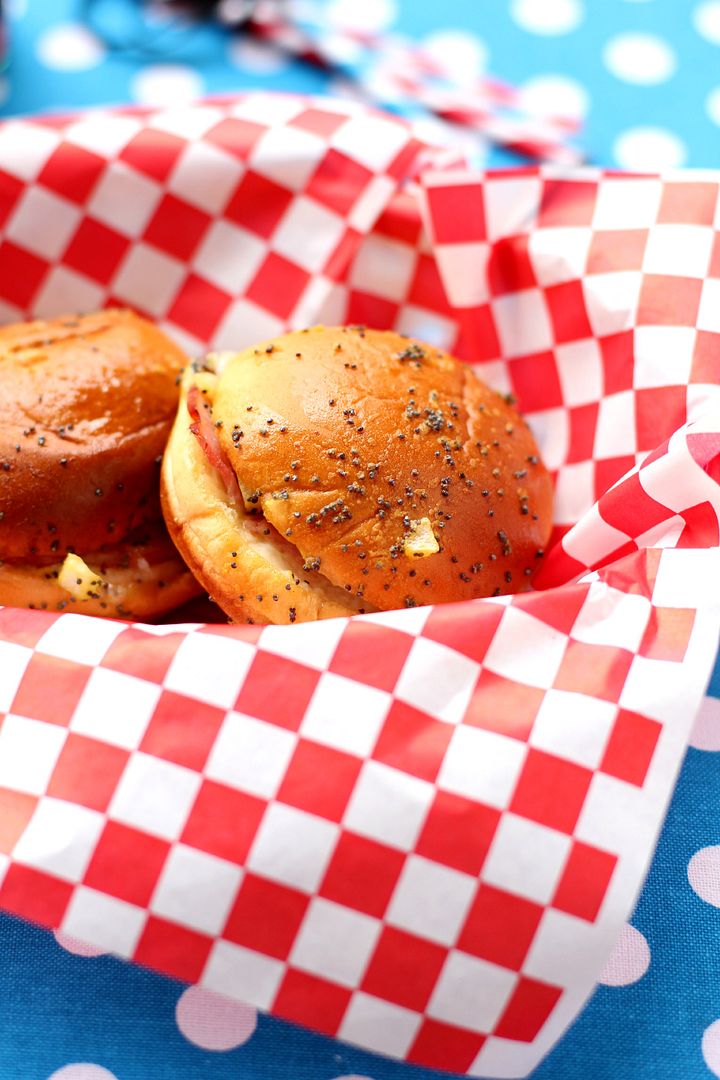
Despite my penchant for buying cheap, there are some things that I’ve come to realize you shouldn’t skimp on. I don’t care how cheap the generic brand is. I don’t care how similar it looks to the real thing. For some things, no substitution will do. For instance:
1. Laundry detergent. I spend a bajillion dollars buying fancy schmancy “darks only” laundry detergent to try and save my clothes. I still keenly remember the time when, years ago, ONE WASH with the wrong detergent ruined an awesome pair of jeans. Then again, I have some superhuman knack for ruining clothing, so maybe I did something wrong. Maybe my superhero name should be What Happened To My Sweater Woman.
2. Toilet Paper. Everyone’s had that awkward moment where they realize they bought the 1-ply. Enough said.
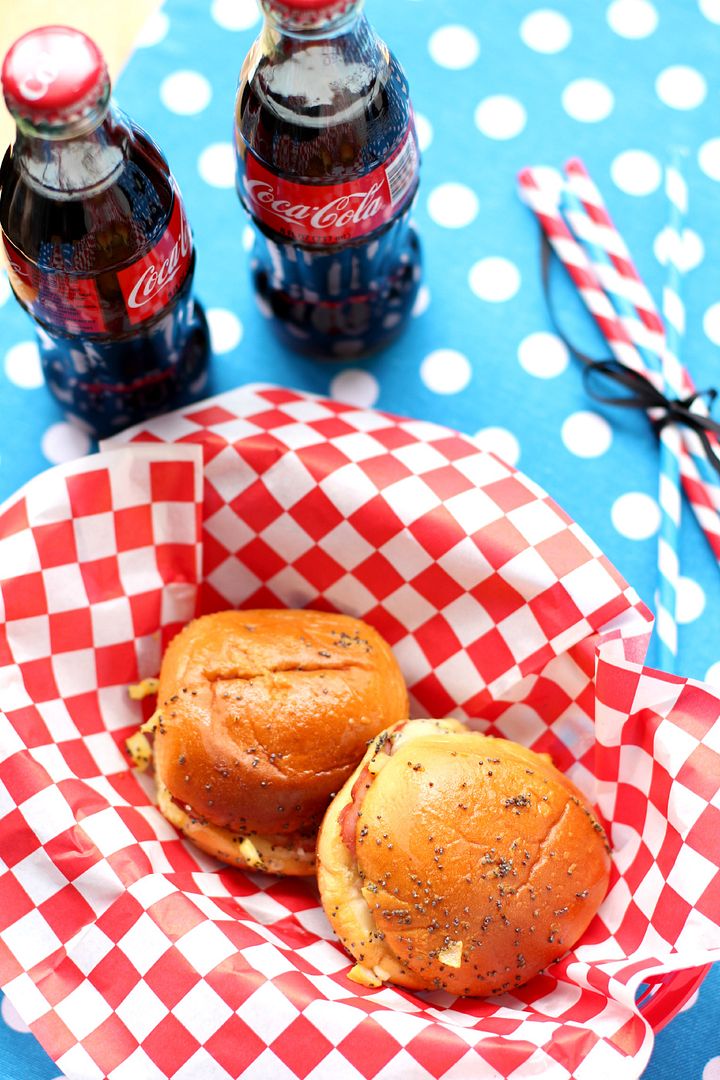
3. Hair color. In fact, don’t even buy name brand hair color. Go to the flippin’ salon and PAY SOMEONE WHO KNOWS WHAT THEY’RE DOING. And don’t try to get away with going to the cheapie hair school salon, either.
Trust me on this. You’re either going to end up platinum hooker blonde because your mother leaves the dye in too long (thanks, Mom, for those memories) or you’ll end up with striped hair. Intentional stripes can be cute. Inadvertent stripes are not.
4. Coke. This one brings back fond memories of the time Mike tried to prove to me that I couldn’t differentiate between generic and regular Coke Zero. We did a blind taste test — well, sort of, except that I didn’t even have to taste anything. As soon as the cup got within a foot of my face, I could smell the difference. I think he was pretty impressed (or was that the facial expression for disgusted?) There’s just nothing like the real thing, y’all.
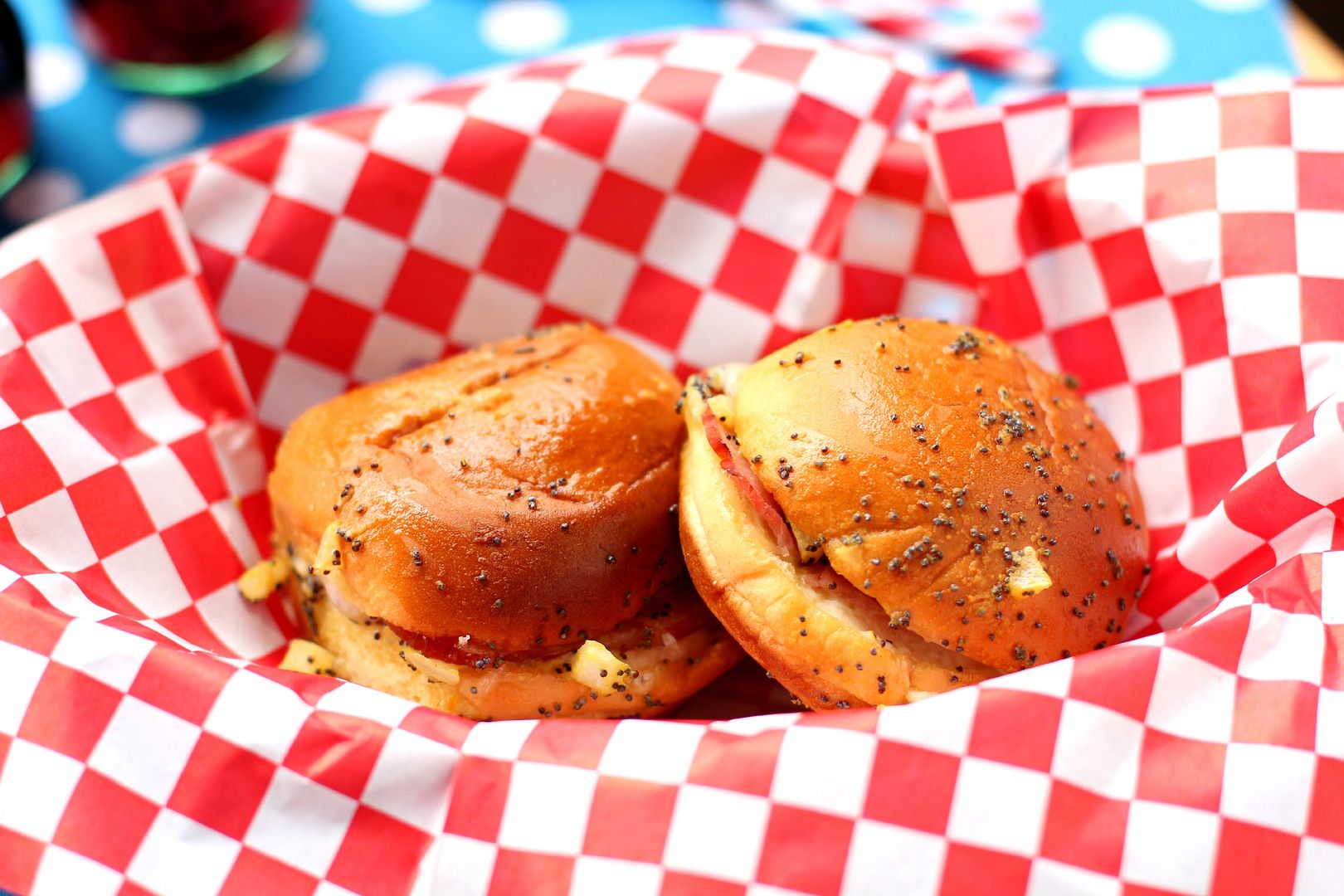
5. Paper towels. I do actually buy generic paper towels, but I kind of hate them. They’re so flimsy that they rip in half when you’re trying to pull them off the roll. How many more times will this happen before I suck it up and spend an extra 50 cents? Only time will tell.
6. Shampoo. I sound like I swallowed a commercial, but my hair really does feel silkier and more manageable with a quality shampoo. I go through a predictable cycle: I’ll get tired of spending so much money, decide to purchase generic shampoo, lament my decision after every shower for a month, and then re-decide to exclusively purchase name brand shampoos.
7. MAYONNAISE. This, much like the timeless debate about rolling the toilet paper over or under, can cause quite the firestorm, as we found out on Willow Bird Baking’s Facebook wall. Listen, I’m all about supporting your unique personalities and tastes. I love you just the way you are. But just to be clear, there is only one appropriate brand of mayonnaise: Hellmann’s, also known as Best Foods.
Now, pardon me while I sign out of my email and hide under my desk to avoid the inevitable mayonnaise fallout.

Unfortunately, the original version of this recipe for Poppy Seed Ham & Swiss Slider Melts called for Miracle Whip. Let’s just say if my superhero name were Mayonnaise Girl, Miracle Whip would be my arch nemesis. I hate the stuff. I still remember sitting at a friend’s house as a child and tasting it for the first time. I had to seriously evaluate whether or not I could bear to finish my sandwich.
Despite my fierce mayonnaise loyalty, I thought perhaps this time around I should stick to the recipe and use the Miracle Whip. What if that awful Miracle Whippy flavor was somehow crucial for the final product? With more than a little shame, I purchased a tiny jar of it just in case.
It was a short lived “just in case.” All it took a microscopic taste of that stuff upon arriving home to remember how much I hate it. I promptly threw it out of the recipe altogether. Turns out I do have some sense.

I’m happy to report that when slathered with the right sort of mayonnaise, stuffed with melty Swiss and honey ham, and smothered in a tangy butter sauce, these sliders really were the bee’s knees. They’re so easy to throw together, but come out of the oven gooey and comforting. And lest I totally offend a portion of my readers, I should add that (sigh) you can use Miracle Whip on them if you really want to. I’ll just look the other way.
Do you roll the toilet paper over or under? And (be gentle!) what’s your preferred mayonnaise?
Poppy Seed Ham & Swiss Slider Melts
Recipe by: slightly adapted from The Girl Who Ate Everything
Yield: 24 sliders
These gooey, cheesy, delicious sliders have all the makings of the perfect recipe: they’re easy to make, fun to eat, and so, so good. They seems to inspire some sweet nostalgia, too — several people who ate them mentioned that they remembered this meal from their childhood! Just make sure to use tasty ham and Swiss cheese — and of course, good mayonnaise!
Ingredients:
24 good white dinner rolls (I like Hawaiian or potato rolls)
mayonnaise for spreading (or half mayonnaise and half Miracle Whip whisked together, if you must!)
24 pieces good honey ham
24 slices Swiss cheese
1/2 cup butter, melted
1 tablespoon poppy seeds
1 1/2 tablespoons yellow mustard
1 tablespoon minced onion
1/2 teaspoon Worcestershire sauce
Directions:
Preheat oven to 350 degrees F and lightly spray a baking dish with cooking spray. Split each roll and spread on a nice layer of mayonnaise (I love mayonnaise on melts, so my layer was thick). Stuff each roll with a slice of ham and the slice of Swiss cheese (I tore larger slices into fourths to make them fit and then poked all four pieces into each roll). Pack these stuffed rolls in close together in a large baking dish.
In a small bowl, whisk together the melted butter, poppy seeds, mustard, onion, and Worcestershire sauce. Pour this sauce evenly over all the sandwiches until they’re all coated (the original recipe notes that you don’t have to use all the sauce, but I did — maybe my rolls were bigger.) Let these sit for around 10 minutes until the butter starts to set up. Cover your baking dish with foil and bake the sliders for 12-15 minutes or until nice and melty. Uncover and bake them for 2 minutes more to toast up the tops. Serve warm and gooey from the oven.
If you liked this post, please:
–Subscribe to Willow Bird Baking
–Follow Willow Bird Baking on Twitter
–Follow Willow Bird Baking on Facebook
–Give this post a thumbs up on StumbleUpon
–Pin It


